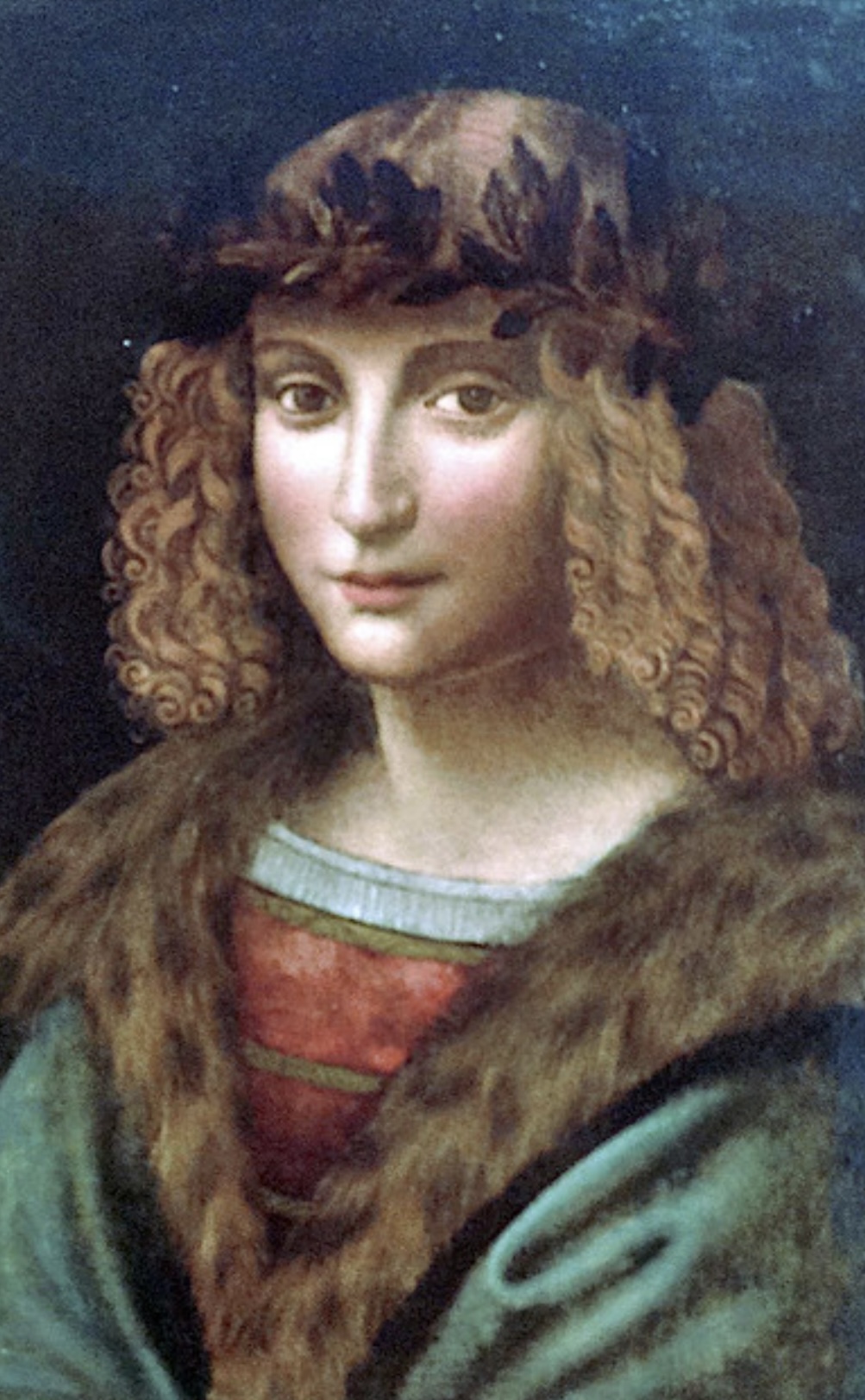
Photo credits: National Geographic. Photograph by Deagostini. Leonardo da Vinci.
Secrets of Success, Love, and Life: The Legacy of the World’s Visionaries. A recurring Monaco Voice column exploring the lives, achievements, and philosophies of the world’s most influential visionaries, uncovering the secrets behind their success and enduring legacies curated by actress Vladyslava Garkusha.
He painted the world’s most enigmatic smile and dissected the human body with the precision of a modern surgeon. He engineered flying machines centuries before aviation existed and imagined cities that could breathe. To call Leonardo da Vinci a “Renaissance man” is accurate, but insufficient. He was, in every sense, the original visionary - a man who saw the future while deeply rooted in the beauty of the natural world.
Leonardo da Vinci was born on April 15, 1452, in the hill town of Vinci, in what is now Tuscany, Italy. The illegitimate son of Ser Piero da Vinci, a Florentine notary, and a local peasant woman named Caterina, Leonardo received an informal education in Latin, geometry, and mathematics, but no classical schooling - a rarity among leading minds of the Italian Renaissance.
At age 14, he began an apprenticeship in Florence under Andrea del Verrocchio, where he learned the fundamentals of drawing, painting, sculpture, and mechanical arts. His early talent for rendering human anatomy and his sharp observational skills set him apart, even among the gifted Florentine circle.
Though now remembered primarily for his paintings - most notably The Last Supper (1495–1498) and Mona Lisa (c. 1503–1506) - Leonardo completed relatively few artworks. Fewer than 20 paintings are definitively attributed to him today. His perfectionism, and frequent shifts between disciplines, often left projects unfinished.
Photo credits: Wikipedia. Mona Lisa.
Leonardo’s contributions to anatomy were centuries ahead of their time. Between 1507 and 1513, he performed dissections of human cadavers in hospitals in Florence, Milan, and Rome. His notebooks include over 240 detailed drawings of the human body - bones, muscles, the heart, internal organs - paired with explanatory texts written in his distinctive mirror script. These anatomical studies, now housed in collections such as the Royal Collection Trust and the Biblioteca Ambrosiana, represent a pivotal moment in scientific illustration.
His designs extended far beyond biology. He sketched mechanical inventions such as a flying machine, a parachute, an early version of a tank, and water-lifting devices. While few of these were built in his lifetime, modern engineers have since confirmed the feasibility of many concepts.
Photo credits: Leonardo’s aerial screw.
Leonardo never married and had no known children. Throughout his life, he maintained close personal and professional relationships with a number of young male assistants and apprentices. The most prominent among them was Gian Giacomo Caprotti da Oreno, nicknamed Salai. Historical records and Leonardo’s own notebooks indicate that Salai lived with him for over two decades, until Leonardo’s death in 1519.

Photo credits: Flickr. Gian Giacomo Caprotti da Oreno.
In 1516, Leonardo relocated to France at the invitation of King Francis I. He spent his final years at the Château du Clos Lucé, near the royal court in Amboise, where he died on May 2, 1519. His tomb remains at the Chapel of Saint-Hubert, within the Château d’Amboise.
Leonardo da Vinci’s legacy endures not only in the art world but across disciplines - medicine, architecture, mechanics, and philosophy. His notebooks, which span thousands of pages, remain among the most astonishing documents of human creativity ever produced.
Unlike many visionaries whose achievements are quantifiable, Leonardo’s success resides in his approach to life itself: methodical observation, boundless curiosity, and the relentless pursuit of knowledge through experience.
More than five centuries later, the world still returns to Leonardo not merely for answers, but for questions - because in his world, wonder was the ultimate wisdom.

